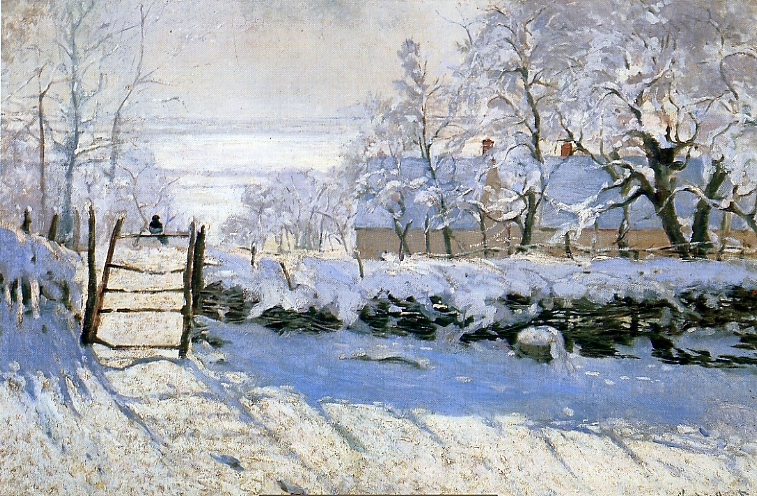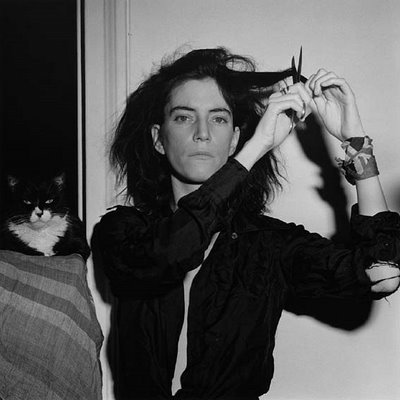 |
| Ai Weiwei, Forever Bicycles, 2003 |
A profile on the Chinese artist Ai Weiwei, "It's Not Beautiful" looks at Ai's role as both an artist and activist. Ai has dabbled in many types of creative work, including installations, architecture, photographs, furniture, paintings, films, and books. He has no scruples about standing up to Chinese authorities, whether it be in the form of a protest march to bring attention to the proposed demolition of artists' studios or a "Citizen's Investigation" of the 2008 earthquake in Sichuan. Through this investigation, he hopes to bring attention to the many children that died in the earthquake and to look into why so many perished in unstable schools. Using Twitter and a blog (that was only recently shut down), Ai constantly communicates about his work in activism as well as art, attempting to be a source of inspiration and hope for his fellow dissatisfied countrymen. Though many admire what Ai attempts to do, some consider him out of touch with how far China has come and believe that some of his actions undermine attempts at discussion and conversation with the government. Ai remains confident in his position, however, and continues with his art and his activism, not caring if people consider it beautiful or not.






































